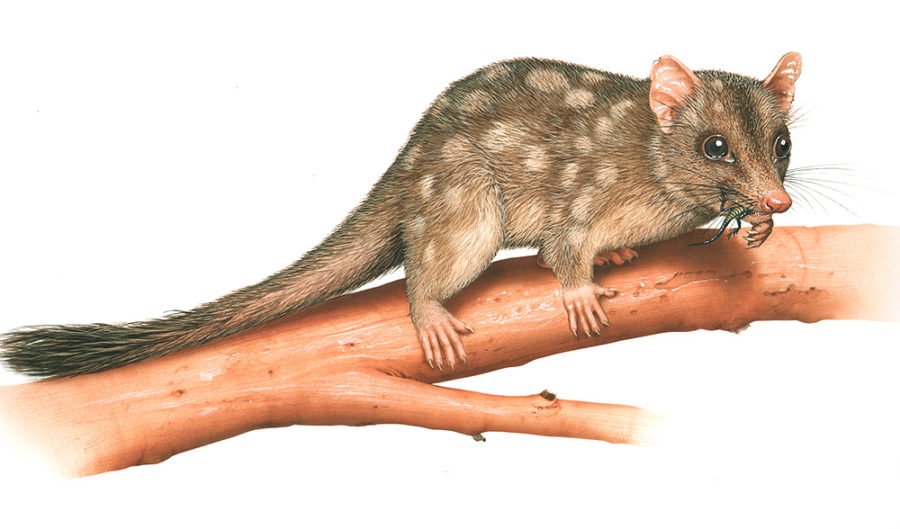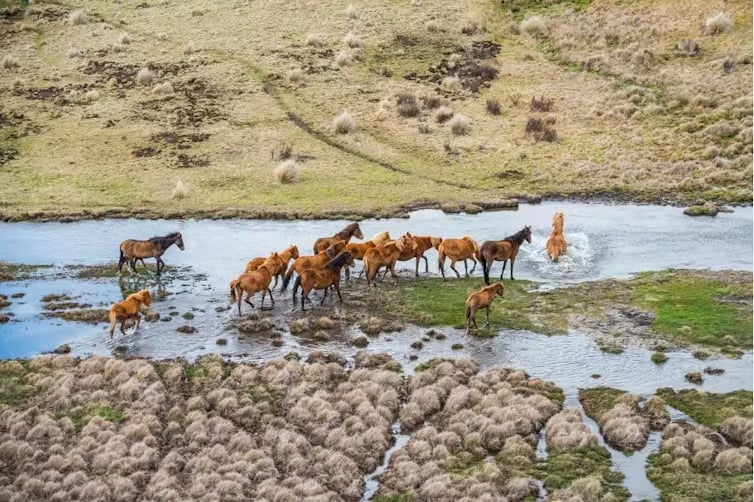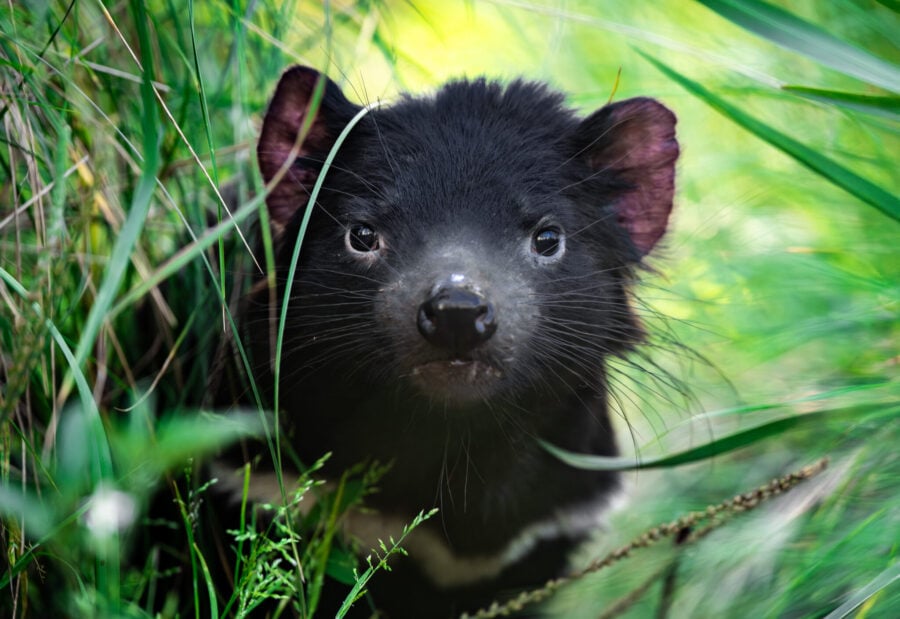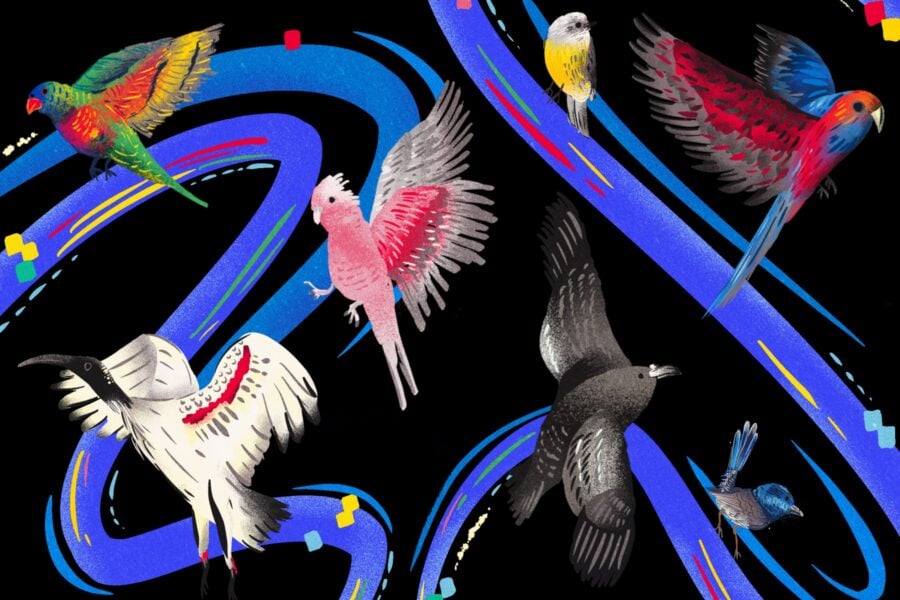Toad sausages are saving our quolls

THERE’S NOTHING more unappetising than the thought of a toad sausage — a scientific concoction of toad mince and a nausea inducing chemical that researcher’s hope will deter quolls from preying on toxic cane toads (Rhinella marina), and it seems to be working.
A recent study conducted by the University of Technology Sydney confirmed that captive northern quolls (Dasyurus hallucatus) that had been exposed to cane toad in the form of a sausage were less interested in taking a bite of toxic cane toad bait, while wild quolls, unfamiliar with the toad sausage, were more likely to take a chance on the killer feast.
“Our captive trials clearly indicate that training a quoll using a thiabendazole-laced toad sausage changes their behaviour towards toads,” the authors of the paper, published in bioRxiv, explained.
“Although our sample sizes were modest and not all of our treatment animals fully consumed the bait, it is clear that sausage-trained animals spent substantially less time interacting with a toad —between one half to one sixtieth of the time as control animals.”
Researchers also found that that wild quolls were the major species eating baits, which Jonathan Webb, co-author of the paper, told Australian Geographic is necessary to ensure that wild quolls, rather than non-target animals, consume the sausages in the field.
Based on these results, researchers are confident that wild quolls will develop an aversion to toad through introduction to laced toad sausages.
“The fact that 61% of wild quolls consumed toad-aversion sausages suggests that the method may help to prevent local quoll extinctions, which is exciting,” Jonathan said.
How are toad sausages made and what’s in them?
Jonathan explained that the toad sausages used in this particular trial were made up of skinned toad legs that were than minced and moulded into a fleshy tube, with the addition of a small metamorph toad that was laced with a nausea inducing chemical.
“The inclusion of the metamorph toad makes the sausages smell and taste like a toad. Quolls that ingest the sausages experience nausea, and they subsequently associate the smell and taste of toads with illness, which makes them less likely to attack live cane toads,” Jonathan explained.
Given the success of the toad sausage it’s now being implemented across parts of Western Australia.
“Western Australia Parks and Wildlife plans to roll out toad aversion sausages on a landscape scale, although they will use a slightly different sausage that can be mass produced at a commercial facility used for making 1080 baits,” Jonathan said.
Toad sausages aren’t the be all and end all
While toxic cane toads are a major threat to northern quoll population’s wildfires and predation by feral cats are among the other major factors threatening the animals’ existence.
“The loss of traditional burning practices has led to a shift from cool, patchy late wet season or early dry season fires to large, catastrophic late dry season fires. Most small mammals require patches of long-unburnt country to survive, and loss of unburnt habitats has given feral cats the upper hand,” Jonathan explained.
“If we want to conserve small mammals like quolls, we need to involve Aboriginal Australians in land management so that we can reintroduce traditional burning practices.”
READ MORE:




